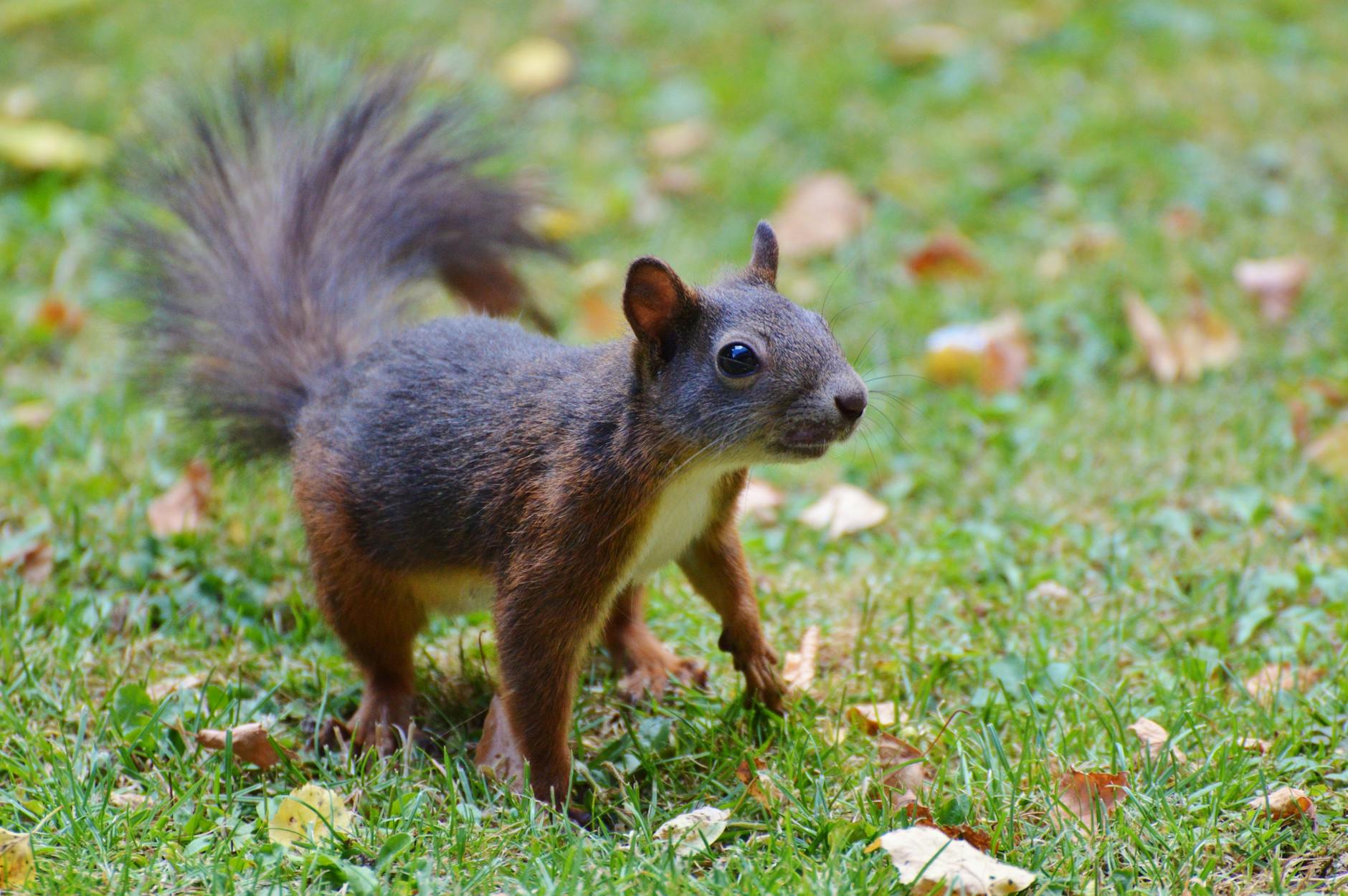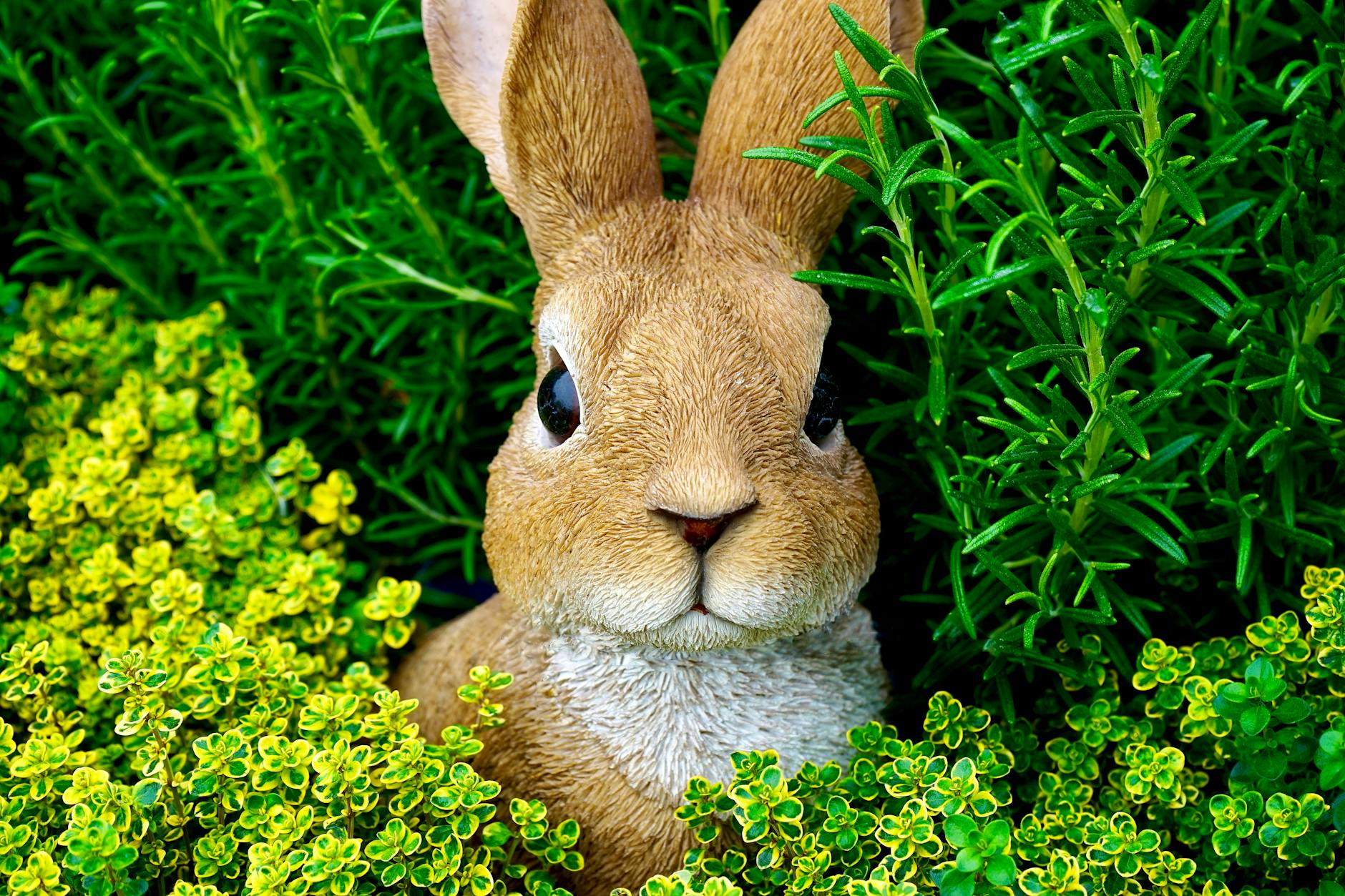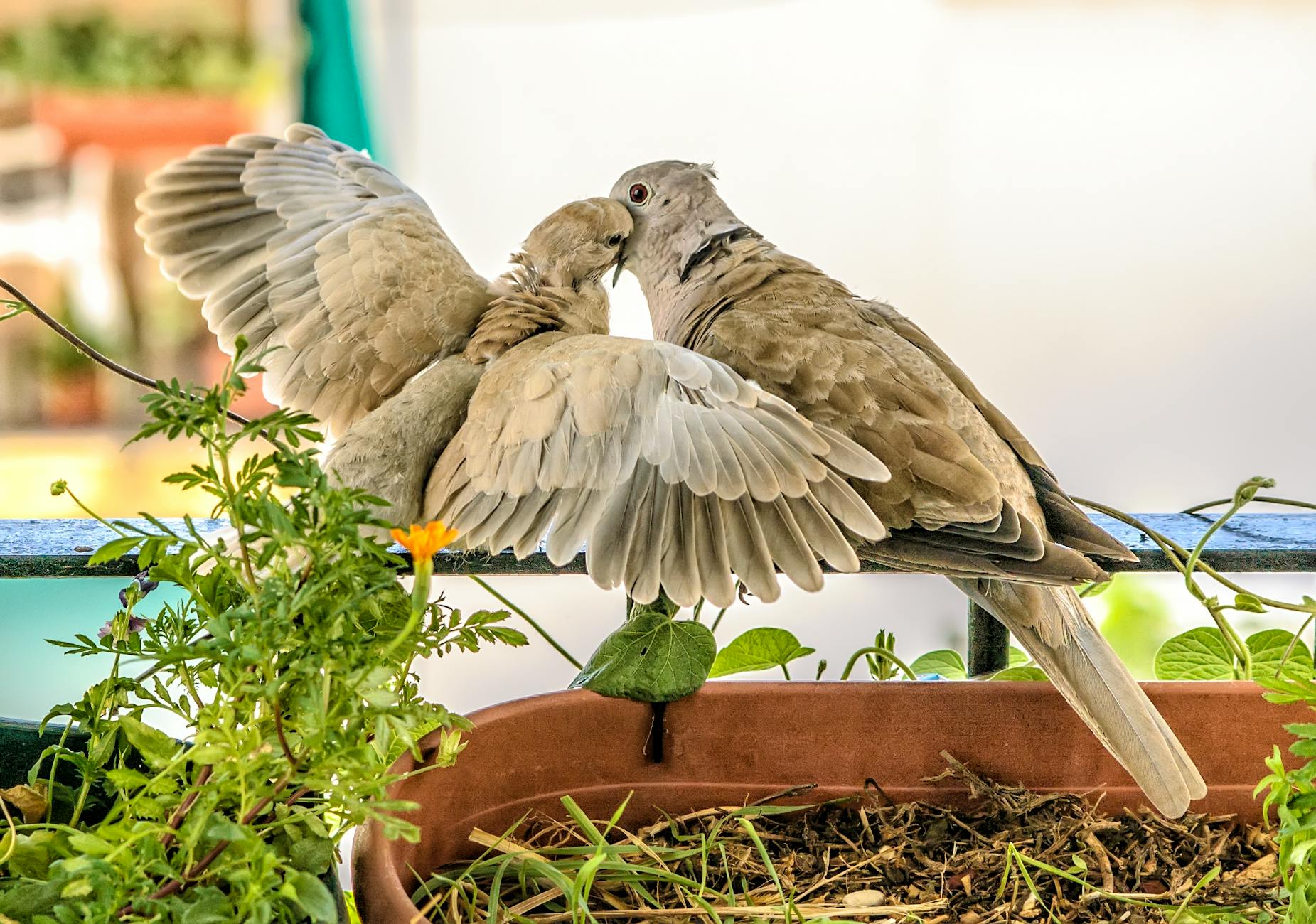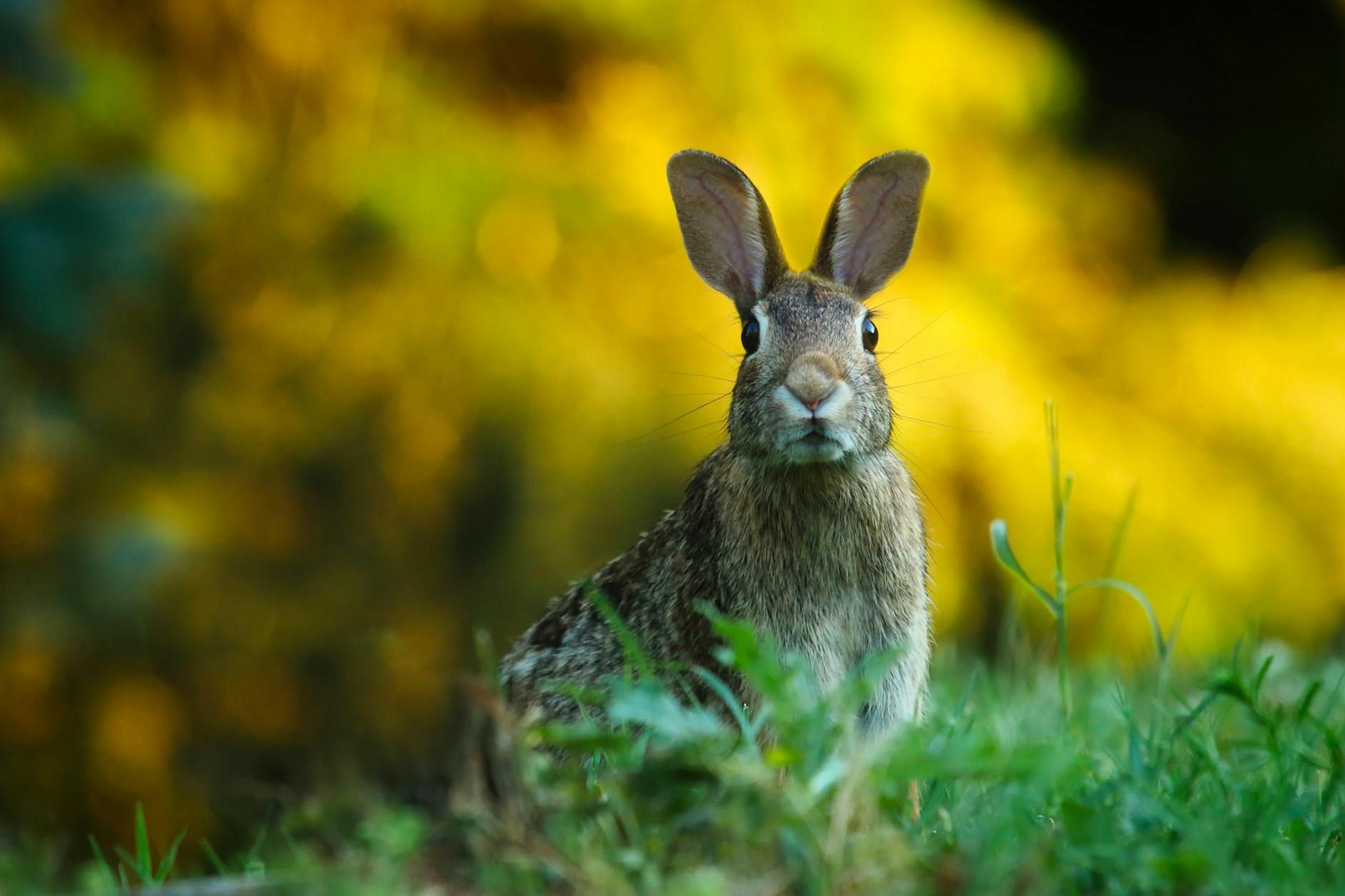Furry Friends or Foes? Mastering Wildlife Management in Your Garden
Are furry friends causing chaos or harmony in your garden? As nature enthusiasts, many of us cherish the wildlife that visits our outdoor spaces. However, the line between admiration and exasperation can sometimes blur when cute critters turn into garden foes.
In this blog post, we delve into the delicate balance of managing wildlife in your garden. From mischievous rabbits nibbling on your prized plants to industrious squirrels raiding bird feeders, navigating these interactions can be both challenging and rewarding for any gardener.
By exploring practical tips and eco-friendly strategies, we aim to help you coexist peacefully with your furry visitors while safeguarding your garden oasis. Let’s unlock the secrets to harmonious wildlife management that fosters biodiversity and nurtures your green sanctuary.
Whether you’re a novice gardener seeking guidance or a seasoned nature lover looking to refine your wildlife management skills, this post offers valuable insights to enhance your outdoor experience. Join us on this journey to create a flourishing garden where furry friends and human habitation harmoniously unite.
The Benefits of Wildlife in Your Garden
Having wildlife in your garden can bring numerous benefits that contribute to a flourishing ecosystem. Let’s explore how these furry friends can be more of a friend than a foe.
Natural Pest Control
Certain animals play a vital role in controlling pests naturally. For example, ladybugs feast on aphids, birds consume harmful insects like caterpillars, and frogs dine on mosquitoes. By welcoming these critters into your garden, you can reduce the need for harmful pesticides that may harm beneficial insects.
Pollination Assistance
Bees, butterflies, and other wildlife are essential pollinators that aid in the reproduction of plants. As they move from flower to flower, they transfer pollen, enabling fruits, vegetables, and flowers to develop and thrive. By attracting pollinators to your garden with native plants and flowers, you can ensure a bountiful harvest and vibrant blooms.
Ecosystem Diversity
Wildlife contributes to the diversity of your garden’s ecosystem. Each creature plays a unique role in maintaining a balanced environment. From decomposers like earthworms enriching the soil to predators keeping pest populations in check, every part of the ecosystem relies on one another. Embracing wildlife in your garden creates a harmonious balance that nurtures plant life and encourages biodiversity.
 Photo by Debadutta
Photo by Debadutta
Common Wildlife Visitors and Their Habits
Welcoming wildlife into your garden can add a touch of nature’s beauty, but it’s essential to understand the behaviors of common visitors to manage them effectively.
Squirrels and Their Nesting Behaviors
Squirrels are agile and curious creatures known for their acrobatic abilities and fondness for creating nests in trees or attics. To deter squirrels from making a home in your garden or damaging plants, consider installing motion-activated devices or physical barriers like wire mesh around vulnerable areas.
 Photo by Pixabay
Photo by Pixabay
Rabbits: The Garden Munchers
Rabbits have a penchant for nibbling on fresh greens and tender plants, posing a challenge to gardeners. To protect your garden, create barriers with chicken wire fencing, plant rabbit-resistant varieties, and use natural deterrents like garlic or spicy repellents to deter these furry garden invaders.
 Photo by Mike Bird
Photo by Mike Bird
Birds: Feathered Visitors and Seed Eaters
Birds bring life and melody to a garden but can also impact plant health. To attract birds while managing their populations, consider setting up bird feeders with appropriate seeds, providing birdhouses for nesting, and incorporating diverse plant species to offer food sources and shelter.
 Photo by Felipe López Ruiz
Photo by Felipe López Ruiz
Managing Wildlife Interactions
Wildlife can often be a charming addition to your garden, but they can sometimes pose challenges to your plants. Here are some effective ways to manage wildlife interactions in your garden.
Natural Deterrents
When it comes to deterring wildlife from your garden, planting certain types of flora can be a game-changer. Marigolds, for example, are known to repel rabbits due to their strong scent. Other plants like lavender, mint, or rosemary can also act as natural deterrents for various wildlife species. These plants not only add beauty to your garden but can also help keep unwanted visitors at bay.
Physical Barriers and Fencing
Installing physical barriers such as fences, netting, or barriers can be a practical solution to protect your garden from wildlife intrusion. Fences can help keep out larger animals like deer, while netting can safeguard your crops from birds. By creating physical boundaries, you can create a safe space for your plants to thrive without being disturbed by wildlife.
Humane Repellents and Traps
Using humane repellents and traps is another way to deter wildlife without causing harm. Essential oils like peppermint or cinnamon can be used to create natural repellents that are safe for both plants and wildlife. Humane traps can also be set up to capture and relocate animals without harming them. These methods ensure that wildlife is deterred in a compassionate and ethical manner.
By incorporating natural deterrents, physical barriers, and humane repellents into your garden management strategy, you can create a harmonious balance between your plants and wildlife visitors. Finding the right combination of these methods can help you protect your garden while respecting the natural habitat of wildlife around you.
Creating a Wildlife-Friendly Garden
Creating a wildlife-friendly garden is not only beneficial for the ecosystem but also adds vibrancy to your outdoor space. By incorporating specific elements into your garden design, you can attract beneficial wildlife while deterring garden pests, ensuring a harmonious coexistence.
Planting Strategies for Coexistence
- Native Plants: Including native plants in your garden is a great way to attract beneficial insects like ladybugs and lacewings that act as natural pest controllers, reducing the need for chemical interventions.
- Pollinator-Friendly Flowers: Planting flowers such as bee balm, coneflowers, and lavender can attract pollinators like bees and butterflies, enhancing biodiversity in your garden.
- Herbs for Pest Control: Herbs like basil, mint, and dill not only add flavor to your dishes but also repel common garden pests like aphids and beetles.
Water Sources and Shelter
Water features and shelters play a crucial role in supporting wildlife in your garden:
- Bird Baths and Ponds: Installing bird baths or small ponds provides water for birds and other small creatures, creating a welcoming habitat.
- Brush Piles and Nesting Boxes: Creating brush piles or installing nesting boxes offers shelter for birds, hedgehogs, and other wildlife seeking refuge.
Maintaining Balance: Harmony in Your Garden
Maintaining a balanced approach is key to fostering a wildlife-friendly environment while preserving your garden:
- Integrated Pest Management: Implementing Integrated Pest Management (IPM) practices helps control pests without harming beneficial wildlife.
- Avoiding Chemicals: Minimize the use of chemical pesticides and herbicides to protect the health of wildlife and maintain a natural balance in your garden.
- Diverse Plantings: Plant a variety of species to provide food and habitat for different wildlife species, promoting biodiversity.
Creating a wildlife-friendly garden involves thoughtful planning and consideration for both plants and wildlife. By following these strategies, you can transform your garden into a haven for beneficial wildlife while maintaining a flourishing outdoor space.
Photo by Pixabay

Conclusion
In conclusion, managing wildlife in your garden is a delicate balance between protecting your plants and fostering a thriving ecosystem. By implementing simple strategies like planting deer-resistant species, installing fences, and providing alternative food sources, you can peacefully coexist with furry visitors. Remember, these creatures are not foes but vital components of the natural world around us. Embracing their presence can lead to a more vibrant and biodiverse garden. So, next time you spot a furry friend wandering through your yard, welcome them with open arms and appreciate the beauty they bring to your outdoor space.